Planning your own trip? Prepare for your trip
Use Rough Guides' trusted partners for great rates
Book your individual trip, stress-free with local travel experts
Plan your tailor-made trip with a local expert
Book securely with money-back guarantee
Travel stress-free with local assistance and 24/7 support
As befits the home of tartan and whisky, Scotland defies simple definition. It’s a spirited, captivating, complex country. An alluring blend of ancient heritage, and wild landscapes that stir the soul and offer outdoor adventures in magical surroundings. And, as all visitors who travel to Scotland discover, it’s a distinctly dynamic and thoroughly modern entity too.
The information that follows - and much more besides - can be found in The Rough Guide to Scotland - check it out for top Scotland travel advice and inspiration. You might also want to discover the most beautiful places in Scotland — as voted by you.
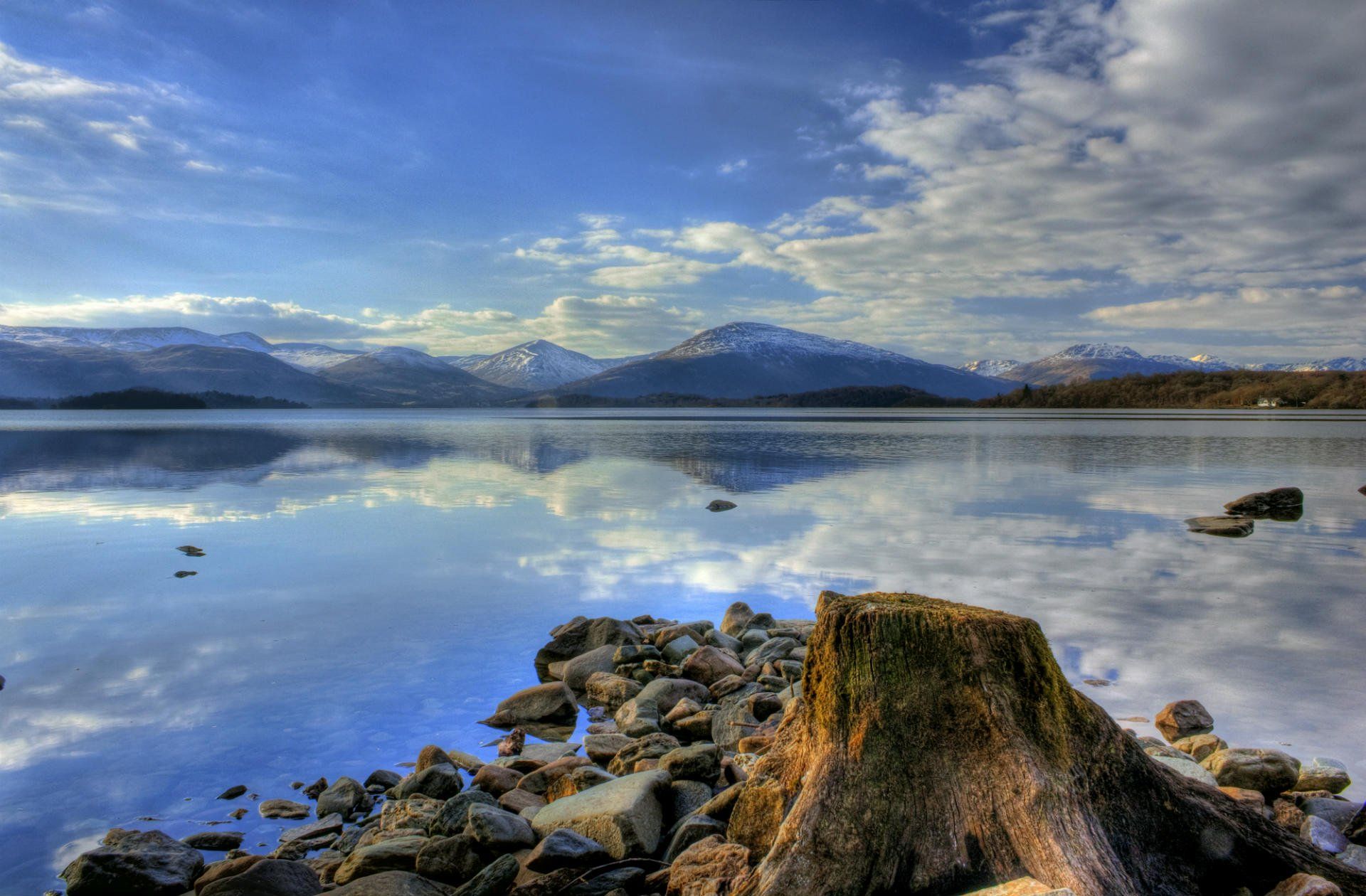
Clouds reflecting in the surface of Loch Lomond - shutterstock
From culture packed city breaks in Edinburgh or Glasgow, to the awe-inspiring wilds of Scotland’s Highlands and islands, you’ll be spoiled for choice when it comes to choosing where to go during your Scotland travel adventure. For orientation and to plan your route, use the map of Scotland. Also, check out the most beautiful places in Scotland as voted by Rough Guides' Readers, as well as the most remote places in Scotland and the must-visit places you haven't heard of yet.
Famed for its magnificent castle and historic Old Town, dramatic Edinburgh remains the obvious draw for visitors. Come in August and you’ll find it transformed by the Edinburgh Festival, the world’s largest arts event - a sure-fire highlight of any Scotland travel experience.
An hour west of Edinburgh, Scotland’s biggest city, Glasgow, has an entirely different vibe. Once a sprawling industrial metropolis, it boasts impressive architectural heritage and a lively social and cultural life - check out the insiders's guide to Glasgow.
You don’t have to travel far north of the Glasgow–Edinburgh axis to find the first hints of Highland landscape, a divide marked by the Highland Boundary Fault which cuts across central Scotland. The lochs, hills and wooded glens of the Trossachs and Loch Lomond are the most easily reached.
Want to visit Scotland? We can help you plan the perfect trip.
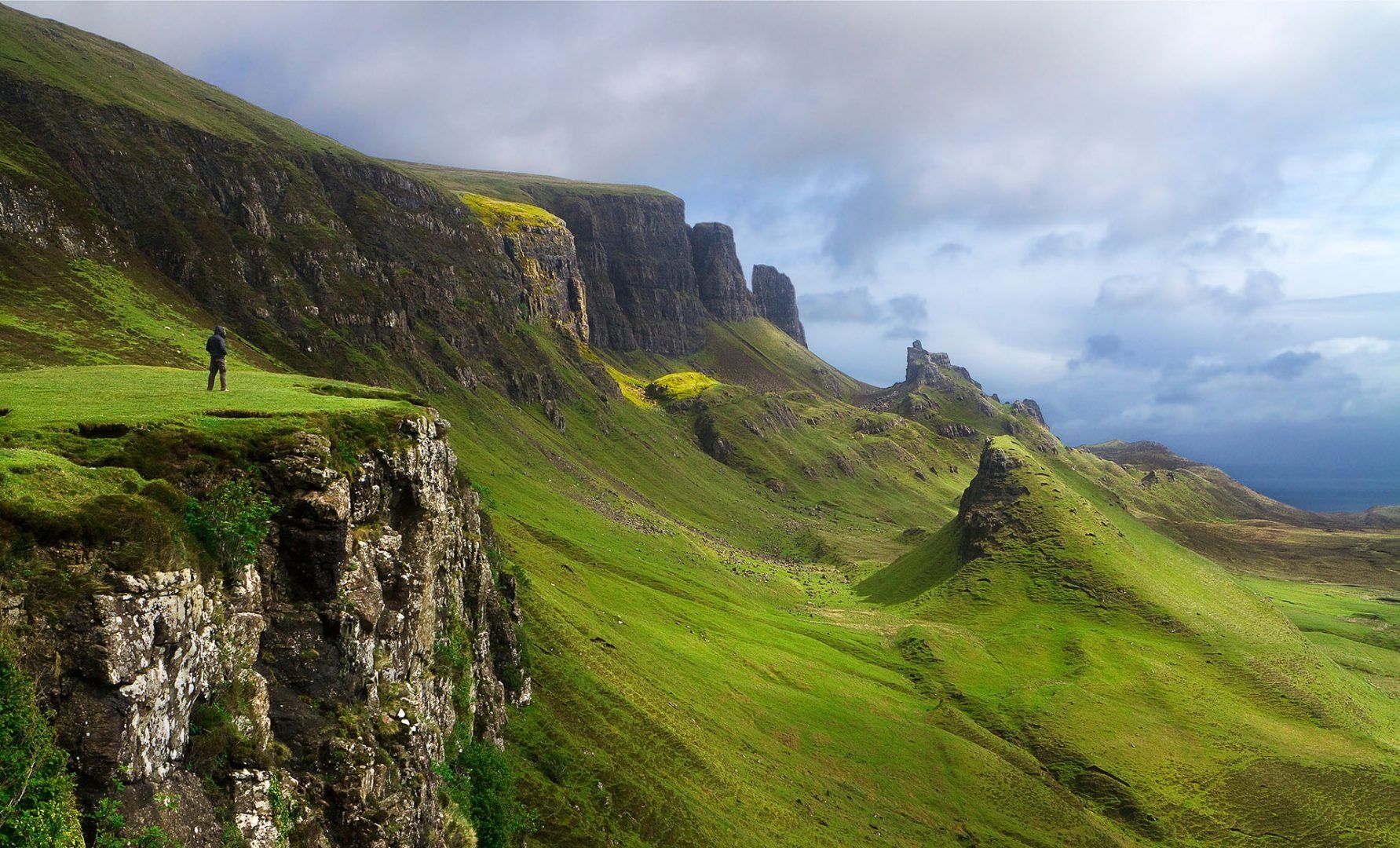
Landscape on the Isle of Skye in the Scottish Highlands, Scotland © David Redondo/Shutterstock
Further north, Perthshire and the Grampian hills of Angus and Deeside show the Scottish countryside at its richest, with colourful woodlands and glens rising up to majestic mountain peaks.
To reach the far north, you cross the Great Glen, an ancient fissure which cuts right across the country from Ben Nevis to Loch Ness. Scotland’s most memorable scenery is to be found on the jagged west coast, stretching from Argyll all the way north to Wester Ross and the looming hills of Assynt.
Assorted in character and accessibility, the rocky Hebrides include the Isle of Mull and its nearby pilgrimage centre of Iona; the Isle of Skye, the most visited of the Hebrides, where the snow-tipped peaks of the Cuillin rise from deep sea lochs; and the Western Isles, an elongated archipelago that is the country’s last bastion of Gaelic language and culture. Off the north coast, Orkney and Shetland offer some of the country’s wildest scenery, birdwatching and best archaeological sites. As such, they’re among the best places to travel in Scotland for nature-lovers and culture vultures
Here’s an overview of just a few famous landmarks and attractions in Scotland everyone should see in a lifetime - suggestions you’ll definitely want to consider when planning to travel to Scotland.
Discover more great places to see in our ultimate list of things not to miss in Scotland.
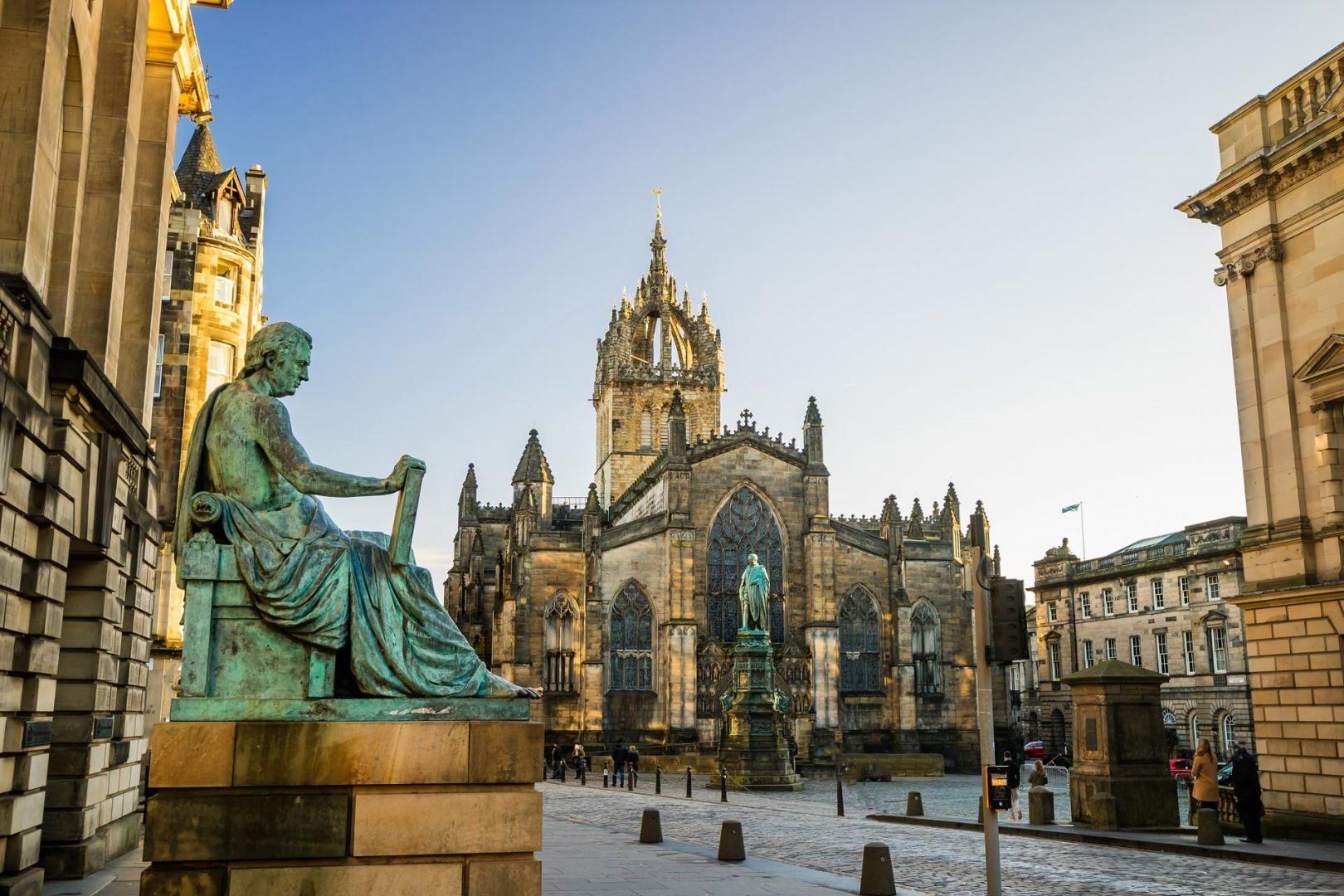
Street view of the historic Royal Mile, Edinburgh, Scotland © f11photo/Shutterstock
The whole of Scotland offers superb opportunities for walking. There are several long-distance footpaths, such as the well-known West Highland Way, which takes between three and seven days to walk. Paths are generally well signposted and well supported, with a range of services from bunkhouses to baggage-carrying services.
Travelling in Scotland on a cycle tour is a great way to see some of the remoter parts of Scotland and navigate city streets, and Scotland is also regarded as a top destination for off-road mountain biking. The Forestry Commission has established more than 1150 miles of excellent off-road routes. Some of the tougher routes are best attempted on full suspension mountain bikes, although the easier (blue/green) trails can be ridden on a standard mountain or road bike.
Skiing and snowboarding take place at five locations in Scotland: Glen Coe, the Nevis Range beside Fort William, Glen Shee, the Lecht and the Cairngorms near Aviemore. When the conditions are good, Scotland’s ski resorts have piste and off-piste areas that will challenge even the most accomplished alpine or cross-country skier.
Opportunities for sailing around Scotland are outstanding. However, even in summer the full force of the North Atlantic can be felt, and changeable conditions combined with tricky tides and rocky shores demand good sailing and navigational skills. Scotland’s top spots for windsurfing and kitesurfing are Troon on the Ayrshire coast, St Andrews and Tiree. The latter is renowned for its beaches and waves and has an excellent surf.
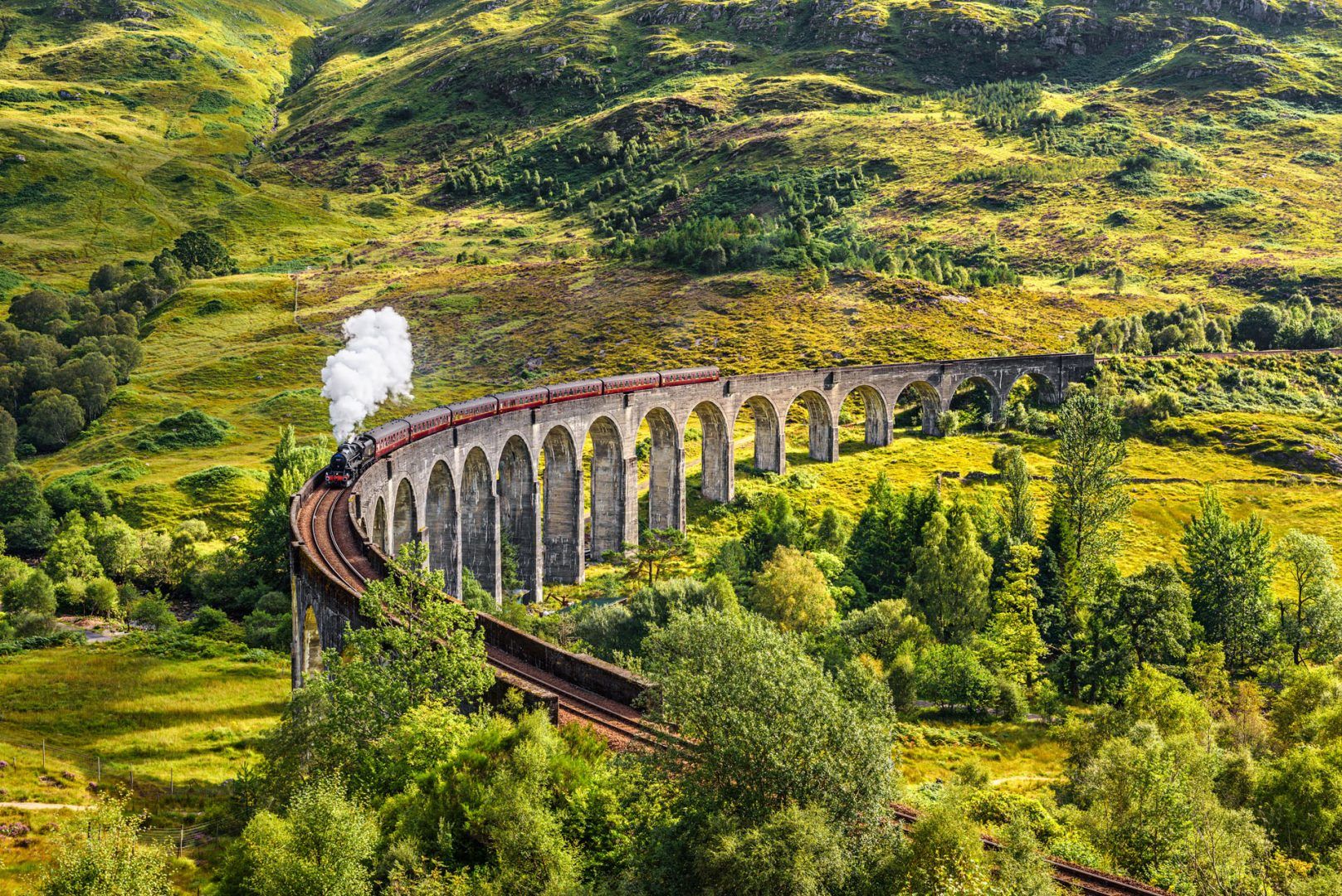
Glenfinnan Railway Viaduct, Scotland © Nick Fox/Shutterstock
From Iron Age forts, burial grounds and mysterious standing stones, to remains of Neolithic settlements, the ancient archaeological sites scattered across Scotland provide a window on past civilisations going back thousands of years. On Orkney, on the West Mainland, the best known of these is the Neolithic village Skara Brae. West Mainland is also the site of one of Europe’s most impressive Neolithic burial chambers. Like Skara Brae, Maeshowe is well preserved – and even contains some racy Viking graffiti.
Castles in Scotland ooze centuries worth of history. There are atmospheric, crumbling ruins, such 15th-century Kilchurn Castle, at the tip of Loch Awe, in Argyll. And there are grand, wonderfully preserved, architectural piles, such as Dunrobin Castle in the north, and Blair Castle in Perthshire.
Attending a Highland Games can be a true highlight of travel to Scotland. While tossing cabers will feature, there’s a whole lot more to the games than that alone - including dancing competitions involving the Highland Fling, and bagpipe-playing competitions. There’s also money to be made from winning, which adds a thrilling sense of drama. The games take place between May and mid-September, and the best-known events are held at Braemar - which usually sees a royal in attendance.
To take in all of the above (and more of, you could explore five fantastic Scottish road-trips – arguably the best way to visit Scotland for off-the-beaten-track experiences.
Deciding the best time to travel to Scotland may well be wedded to the weather. June, July and August tend to be the most popular months to visit Scotland - days are generally mild (or even warm) and the light lingers longs - though local school holidays make them the busiest period. August in Edinburgh is Festival time, and midges can be a nuisance if you’re exploring the countryside. For these reasons, the best month to visit Scotland might be May or September, when the weather stands a good chance of being clement, and the crowds are less of a problem.
If you’re wondering how to get to Scotland from outside the UK, your best option is by plane. Scotland has three main international airports, with Glasgow handling most nonstop scheduled flights from North America. If you’re travelling to Scotland from elsewhere in the UK, coach and train services are good, though for speed you could consider taking a plane to reach the more remote islands.
Read on for the best ways to get to Scotland.
Given that most Scots live in the central belt - Glasgow in the west and Edinburgh in the east - public transport in these areas is excellent, with pretty much everywhere accessible by train and bus. If you’re wondering how to travel around Scotland in more remote areas, it has to be said that further south and north it can be trickier, though, with services much reduced and some remote areas not covered, so you might need to consider hiring a car, or else plan your routes carefully.
Learn more about transportation and how to get around Scotland - a key part of any Scotland travel guide for travellers who are keen to get off the beaten track.
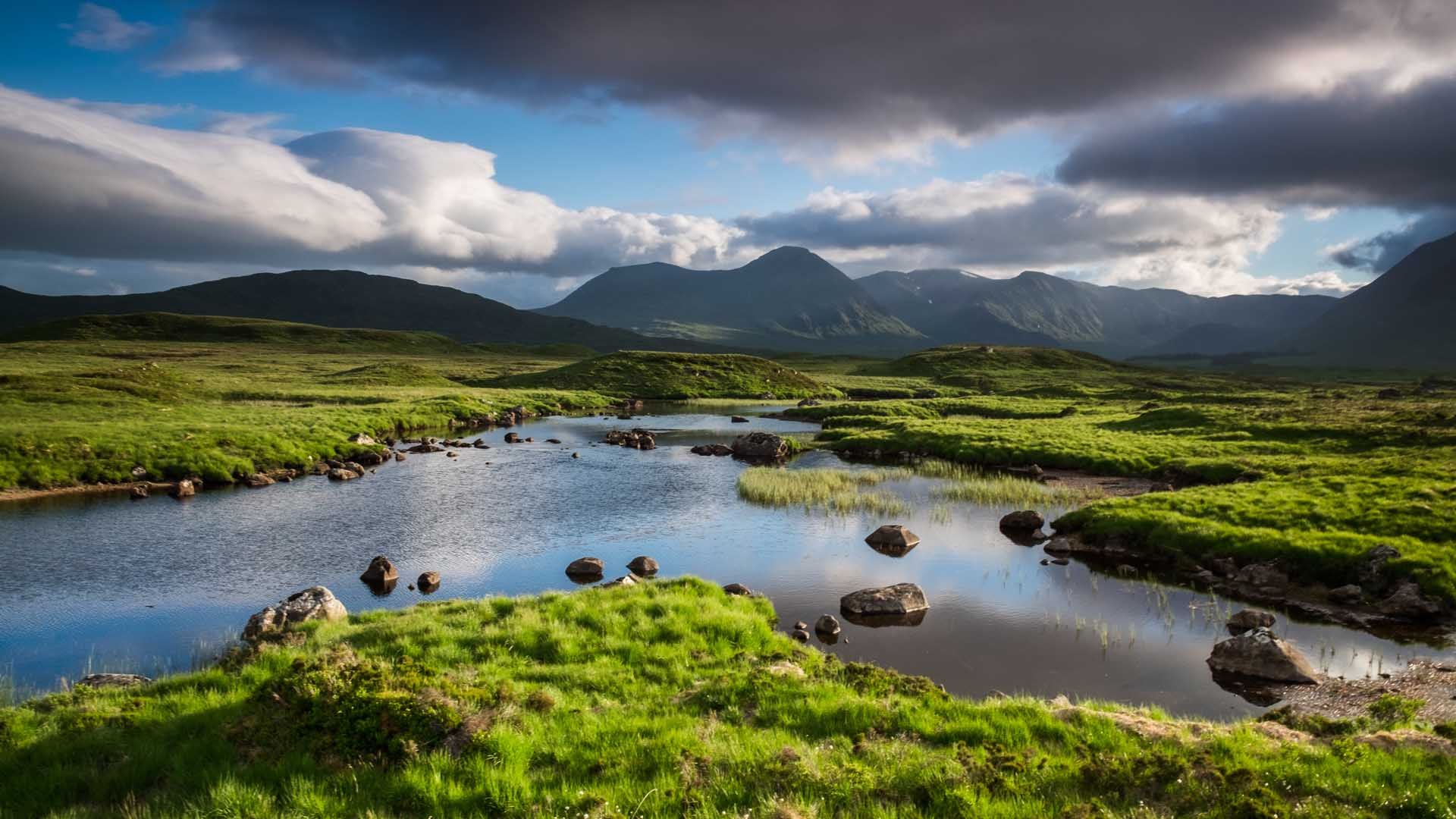
Sunny and cloudy at the same time at Rannoch Moor, Scotland © Shutterstock
As in the rest of Britain, accommodation in Scotland comes in all shapes, sizes and guises, with hotels ranging from cheap and (if you’re lucky) cheerful chains, to grand country mansions offering five-star luxury in impossibly pretty surroundings. For an authentic, friendly Scotland travel experience, you might want to explore the country’s varied B&Bs and guesthouses, while visitors on a budget (or those of an adventurous bent) won’t be disappointed with the hostel and camping options.
Discover how to find the best accommodation in Scotland.
While Scotland isn’t seen as a culinary destination, the country offers some exceptional opportunities to eat fresh and eat local, like sumptuous wild salmon and smoked herring (try the latter in Cullen skink - a soup of smoked haddock, cream and potato). Sweet tooth? Then traditional clootie dumplings (a filling fruit pudding) is a must-try when you travel to Scotland. And of course, the malt whiskey is a world-beater, with a burgeoning cask-conditioned real ale scene adding to the heady mix.
Read more about local food and drink in Scotland.
Scotland has a rich calendar of cultural events and festivals, kicking off with Hogmanay (New Year’s Eve) and New Year’s Day street parties. Then comes Burns Night on 25th January, when Scots worldwide commemorate Scotland’s greatest poet, Robert Burns. Early May heralds the Spirit of Speyside Scotch Whisky Festival, while June brings the beginning of the Highland Games season across the Highlands, northeast and Argyll. Come August, Edinburgh fizzes and throngs with one of the world’s greatest arts jamborees - the Edinburgh International Festival.
To uncover more authentic experiences during your Scotland trip, check out places in Scotland you’ve probably never heard of (but won’t want to miss).
Inevitably, Edinburgh’s nightlife is at its best during the Festival, but its club scene can be enormously enjoyable, and you can hear live jazz, folk and rock in many pubs. For Edinburgh’s best eating options, head to the cobbled Shore of Leith - it’s awash with good-quality seafood bistros and a concentration of Michelin stars.
Meanwhile, Glasgow has an incredible performing arts scene - it’s home to the Scottish Opera, Scottish Ballet, Royal Scottish National Orchestra, and the BBC Scottish Symphony Orchestra. Elsewhere, university towns like Aberdeen, St Andrews, Stirling and Dundee offers plenty of evening action, while, even the remotest villages and islands will have a local pub for you to get cosy in, often with live music.
If you’re wondering how many days you need in Scotland, you might be pleased to know you can experience a fair bit in just a few days. Edinburgh, for example, has plenty to entertain for at least a (long) weekend. If you have 5-6 days, you could also take in St Andrews, Loch Ness, Fort William and the Highlands on an easy trip from the capital.
Among the best ideas for spending a week and more in Scotland, you could consider a more immersive Highland tour to discover the beauties of Perthshire and Inverness (capital of the Highlands) allowing yourself time to amble sandy beaches on the Scottish West Coast, and visit the mysterious Isle of Skye - Scotland travel at its most immersive.
For more inspiration, see some of the Scotland itineraries from our Scotland travel guide and local travel experts.
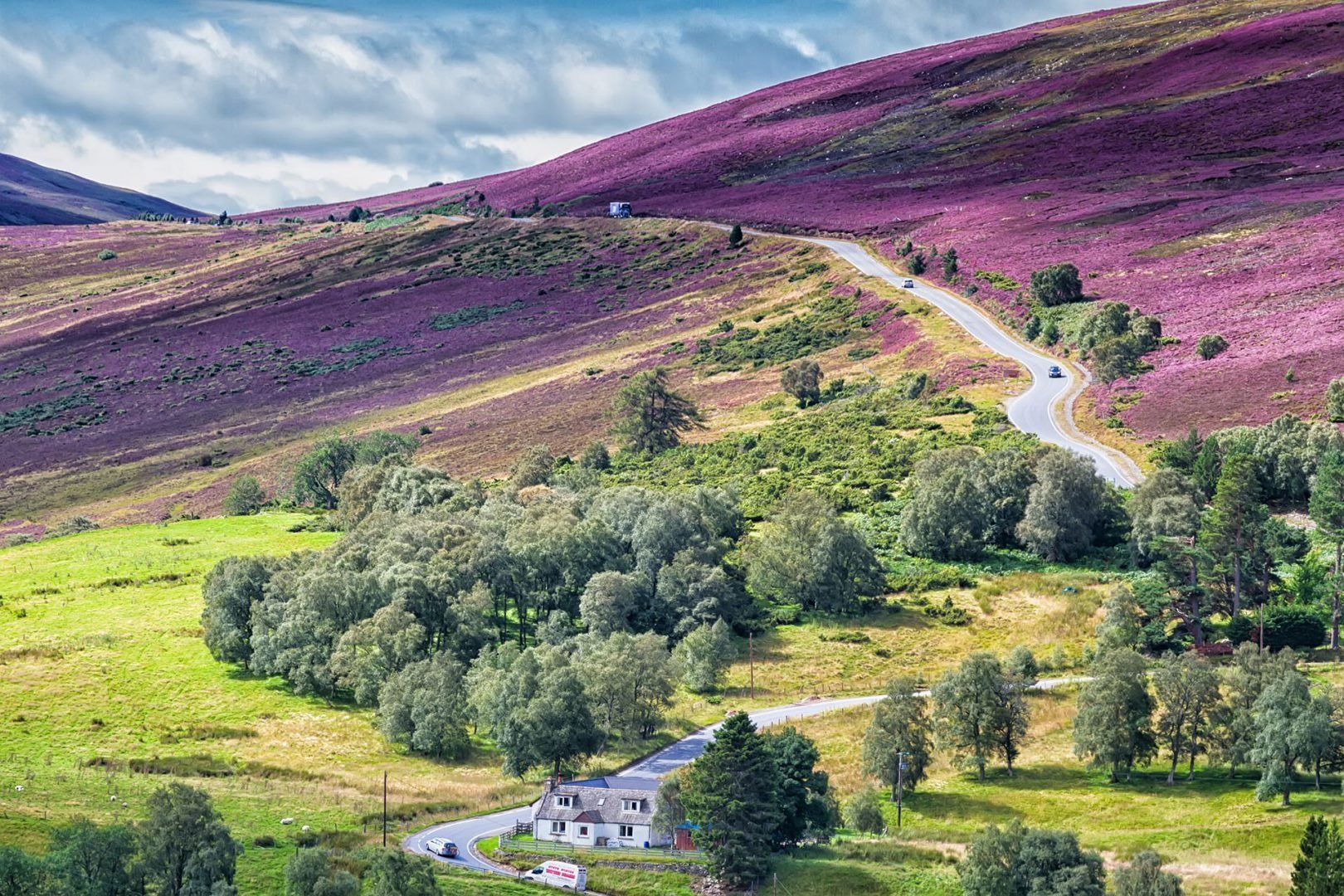
Cairngorms, Highlands, Lecht, Scotland © taboga/Shutterstock
From travel safety to visa requirements, discover the best tips for visiting Scotland
For advice about practical matters when travelling in Scotland, check the travel advice for Scotland.
Scotland is a relatively expensive place to visit, with travel, food and accommodation costs higher than the EU average. If you’re renting a car, staying in comfortable B&Bs or hotels and eating well, you should reckon on at least £100 a day per person. Staying at budget B&Bs, eating at unpretentious restaurants and visiting the odd tourist attraction, means that you’re looking at around £75 each per day. That said, Scotland travel doesn’t have to break the bank. The expenditure for a couple travelling on public transport, self-catering and camping, is in the region of £30 each a day (rising to around £50 a day if you’re staying in hostels and eating the odd meal out).
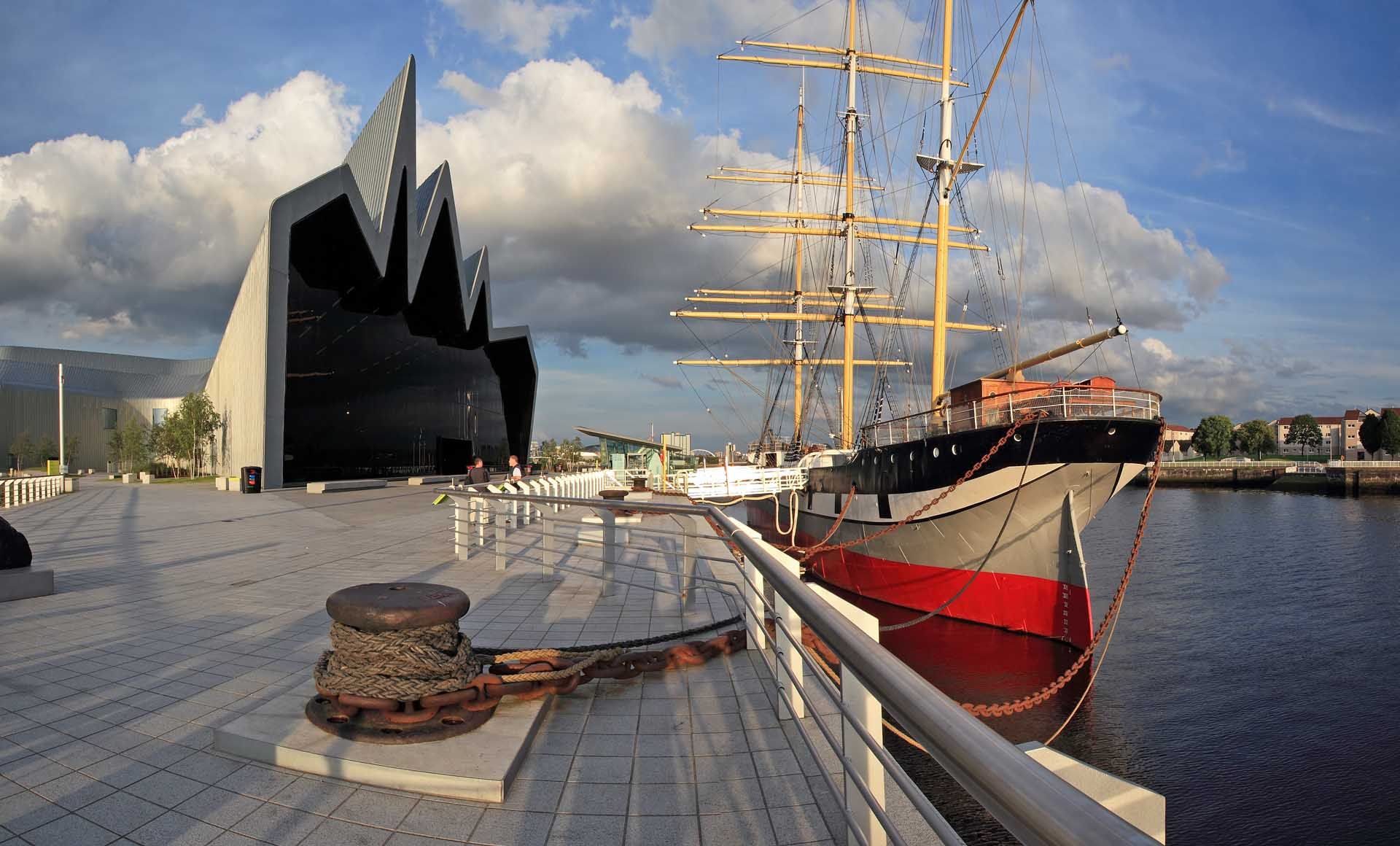
Glasgow riverside © Shutterstock
As with any country, Scotland’s major towns and cities have their danger spots, but these tend to be inner-city residential areas where tourists rarely roam. The chief urban risk is pickpocketing, so carry only as much money as you need, and keep all bags and pockets fastened. Out in the Highlands and Islands, crime levels are very low.
For up to date information about safety and travel requirements for Scotland, check government guidelines - see Foreign, Commonwealth & Development Office advice, while travellers from the US should check governmental travel advisory guidelines for Scotland.
Check out The Rough Guide to Scotland - an in-depth Scotland travel guide covering everything you need to know before you go and while on the road.
If you’re travelling to Edinburgh, our pocket guide is very handy. If you’re heading to the Highlands and Islands, we have that covered too. Explore Rough Guides' Scotland travel guide range.
If you’re pressed for time, guided tours can be rewarding and convenient. For example, you could book a Best of Scotland’s Highlands tour, or how about a History of Whisky with Tasting and Story-telling experience?
Alternatively, if you’d prefer to leave the entire planning process to someone else, check out our Scotland itineraries - curated by experts, and fully-customisable.
Use Rough Guides' trusted partners for great rates
written by
Rough Guides Editors
updated 26.04.2024